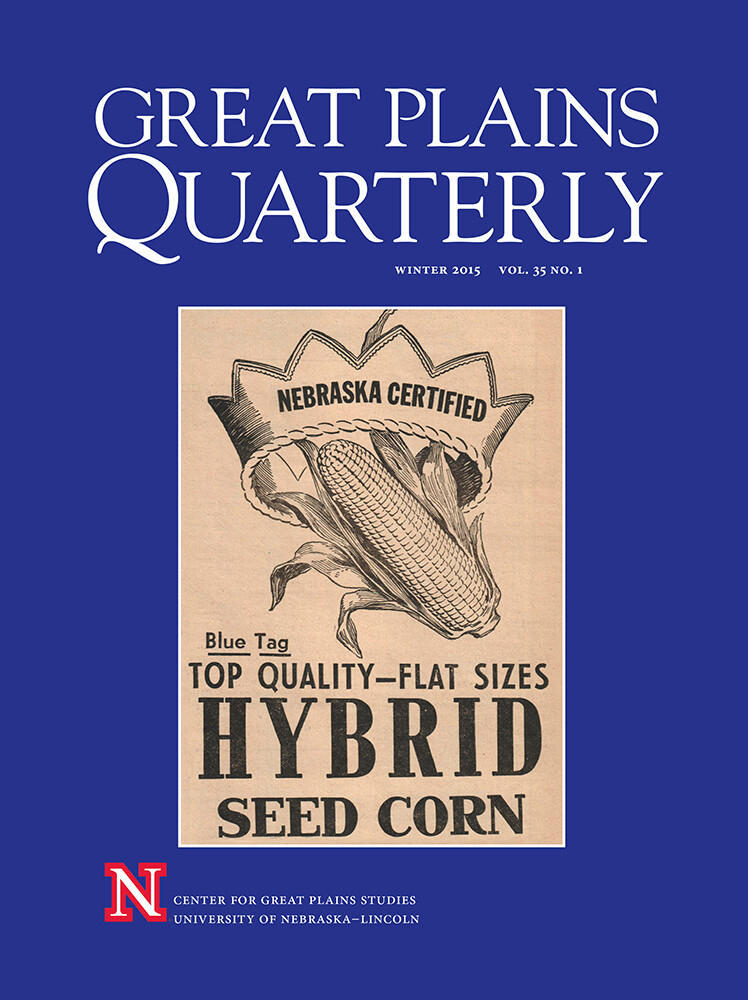
Even though Hitler never managed to bomb America, his war with the United States and the world made a lasting and surprising impact on Nebraska wildlife, according to an essay in the winter issue of Great Plains Quarterly.
Larkin Powell, professor in UNL’s School of Natural Resources, writes about how World War II created a unique set of demands on farmers and farmsteads.
“A surge in export demand during the war supported farmer investment in mechanization,” Powell wrote. “New tractors were a godsend for the farm labor force during World War II when there were fewer young men to work the fields.”
Powell’s essay, “Hitler’s Effect on Wildlife in Nebraska World War II and Farmed Landscapes,” includes a selection of newspaper advertisements and photos from the World War II era.
Other articles in the issue (Volume 35, No. 1) include:
The establishment of the Louisiana Purchase’s northern boundary was long disputed both by historians and cartographers as revealed in William Lass’ study, “The Northern Boundary of the Louisiana Purchase.”
In “ ‘We Have Lived on Broken Promises’: Charles A. Eastman, Susan La Flesche Picotte, and the Politics of American Indian Assimilation during the Progressive Era,” Sarah Pripas-Kapit delves into the remarkable lives of two late 19th-century Great Plains Native American physicians who learned the shocking and devastating cost of assimilation.
“A Brief History of Hutterite Demography” by Simon M. Evans and Peter Pellar examines Hutterite colonies throughout the Great Plains and shows how this religious sect and ethnic group continues to thrive despite declining birthrates and the challenge of modernity.
Great Plains Quarterly is an interdisciplinary academic journal published by the Center for Great Plains Studies at the University of Nebraska-Lincoln. The issue is available via the University of Nebraska Press as an individual copy or as a subscription or online via Project MUSE through participating university libraries. For more information, go to http://www.unl.edu/plains.







